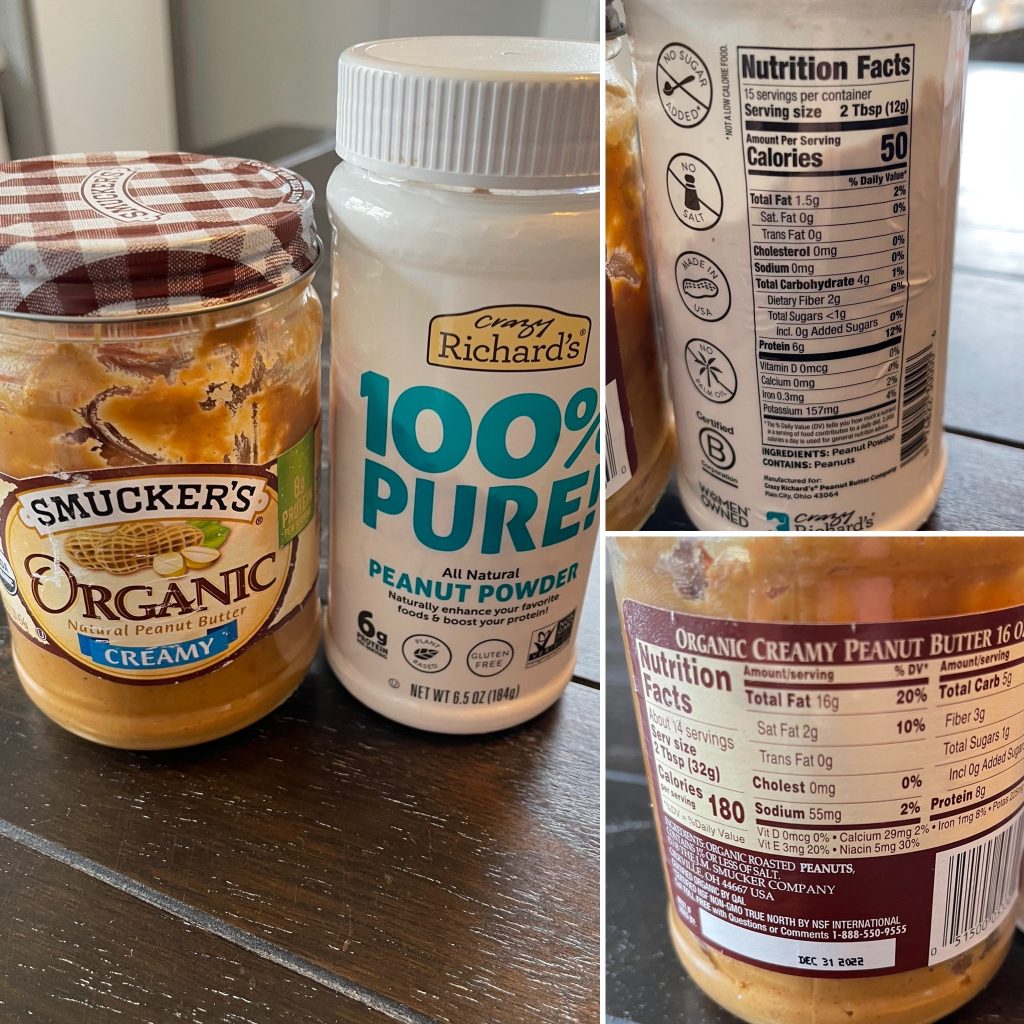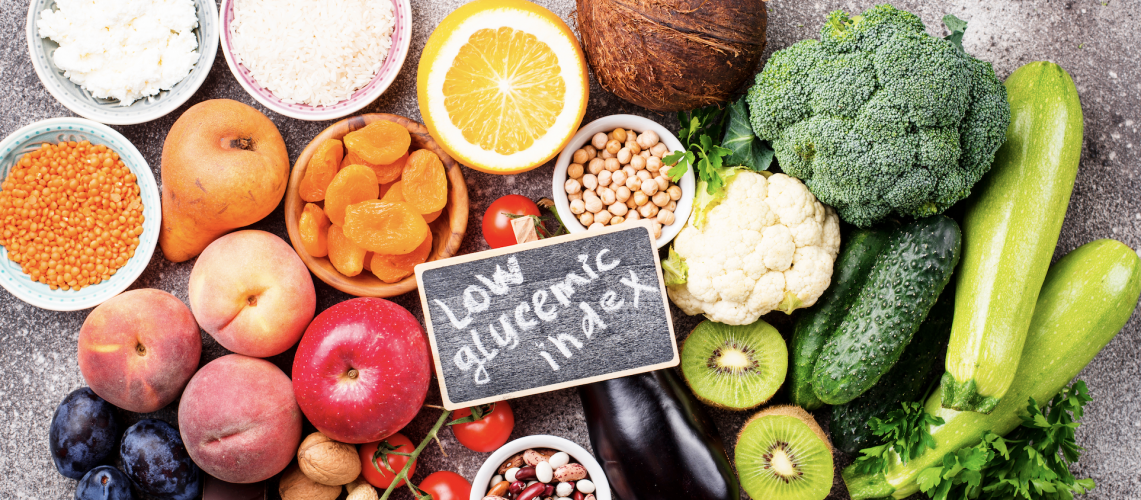If you are new to TLS (Transitions Lifestyle System), you’ll find that you may be paying attention to your food and nutrition for the first time, not just counting calories or food points.
As you are shopping at your local grocer or a Trader Joe’s, you’ll be asking yourself, “is this a TLS-friendly food” and how do I know? Following your Menu Plan, power foods list, and corresponding recipe booklets will ensure you stay on track with your TLS lifestyle, however, we want to equip you with more than guides. We want you to have the knowledge to figure out what could potentially be a TLS friendly-food on your own. Let’s break down the basics.
1. MACROs
What does food that has a label count as? We count our macro-nutrients directly and there are only 3 so it is easy to remember.
Protein, Carbohydrates, and Fat.
Direct macro counting means you only count the macro that has the highest count on the label.
Example: If you look at the label, what is the majority macro, the Carb, Fat, or Protein? That is what it counts towards. The normal Smucker’s peanut butter seen here is considered a fat, whereas Richard’s PB Powder is considered a protein.

2. LOW GLYCEMIC IMPACT
We don’t just pay attention to Macros in TLS, we pay attention to how that food affects your blood sugar levels. Low-Glycemic foods do not spike blood sugar levels. Eating this way throughout the day keeps blood sugar levels balanced. This can help to improve our energy levels, mood, and keeps us in fat burning mode versus fat storage mode.
We want to see the carbohydrate amount on the label at 9g or less per serving to be considered Low-Glycemic, but most will be higher. The good news is, that the part that can blunt the carb impact is fiber.
3. FIBER
Aside from blunting the glycemic impact of a food, fiber has so many important roles in our diet, from improving digestion, heart health, feeling full and satiated, and cleansing the colon. We love high-fiber foods here at TLS. Vegetables, whole grains like quinoa & millet, and some fruits have the best and highest amounts of fiber. These foods do not require a label, which is why you will see our menu plans are full of mother nature’s bounty.
We understand you are busy and occasionally need something from out of a package. So here is a quick calculation you can do to see if the food in question can be considered low-glycemic.
Take the total amount of carbohydrates, minus the fiber, sugar alcohols, and glycerin (if there are any of those 3) and that gives you the total carb count.

Remember, your health is best supported by foods that are not highly processed, that come directly from the garden and farm and do not require a label. A rule of thumb is to circle the grocery store and avoid the aisles.
We hope this helps you in the journey to reaching your health goals with the TLS lifestyle.




Comments (0)